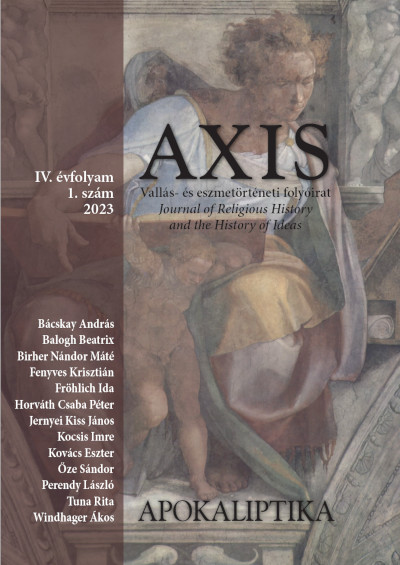Published 2023
Keywords
- Radó,
- Hubay,
- Petőfi
How to Cite
Copyright (c) 2023 Windhager Ákos

This work is licensed under a Creative Commons Attribution 4.0 International License.
Abstract
I shed light on how the interpretation of apocalypse and apotheosis in the memory of the Hungarian poet and freedom fighter martyr Sándor Petőfi (1823–1849) changed in Hungarian historical memory prior to and after World War I. I have chosen Aladár Radó’s (1882–1914) Petőfi Symphony (1909) and Jenő Hubay’s (1858–1937) Petőfi Symphony (1923) for my research. Radó was a loyal inhabitant of Austria-Hungary who perished valiantly in World War I. His intention was to write the apotheosis of a famous hero without any political overtones. Hubay, on the other hand, was the musical leader of post-Trianon Hungary, and he utilised the poet’s life’s work narrative to update a recent tragedy. He also represented the apocalypse and apotheosis in his composition. Until 1918, the eschatology was only used to describe Petőfi’s catastrophe, and then the national tragedy. As we can see, Petőfi’s existence had been mythologized in literary and historical historiography.

